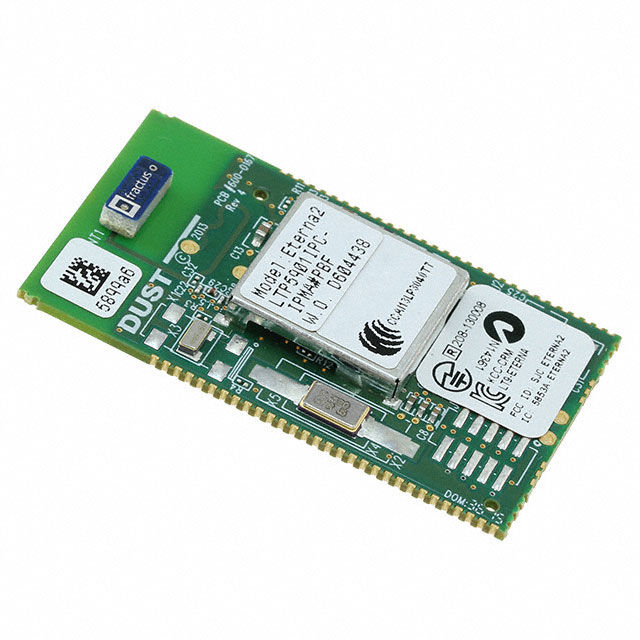Why Are MCCBs Essential for Modern Electrical Systems?
- joddiemarshall6
- Feb 17
- 3 min read
Introduction: Understanding MCCBs in the Electrical Landscape
Molded Case Circuit Breakers (MCCBs) play a pivotal role in ensuring the safety and efficiency of modern electrical systems. These devices are designed to provide precise protection by automatically cutting off electrical power in case of an overload or short circuit, thereby preventing damage to equipment and ensuring personnel safety.
The Role of MCCBs in Safeguarding Electrical Systems
High Current Handling Capability: MCCBs are tailored to handle higher current loads compared to Miniature Circuit Breakers (MCBs), making them suitable for industrial and commercial applications.
Customisable Trip Settings: Unlike fixed settings in MCBs, MCCBs offer adjustable trip settings, which can be fine-tuned according to the specific needs of the system they protect.
Diverse Applications: From manufacturing plants to commercial buildings, MCCBs are versatile enough to be implemented in various settings where robust circuit protection is necessary.
How MCCBs Compare with MCBs, RCDs, and RCBOs
MCCBs vs. MCBs: While MCCBs handle higher power capacities ideal for commercial and industrial circuits, MCBs are more commonly used in residential applications due to their lower current ratings.
Integration with RCDs and RCBOs: Residual Current Devices (RCDs) and Residual Current Circuit Breakers with Overcurrent Protection RCBOs provide additional safety by detecting and interrupting earth faults. When integrated with MCCBs, they enhance the protective measures by covering a broader range of electrical faults.
Comprehensive Protection: Combining MCCBs with RCDs and RCBOs results in a layered security approach, crucial for complexes with high electrical demand and sensitive equipment.
Key Features and Advancements in MCCB Technology
Arc Fault Detection: Modern MCCBs are equipped with advanced sensors to detect arc faults, rapidly cutting off power to prevent fire hazards.
Thermal-Magnetic Protection: This feature allows MCCBs to respond to both thermal (overload) and magnetic (short circuit) conditions, offering dual protection in a single unit.
Compact Design: Recent designs of MCCBs are more compact, saving valuable space while maintaining their high-performance standards.
Installation and Maintenance Tips for MCCBs
Proper Sizing: Ensuring that MCCBs are correctly sized according to the circuit's power requirements is crucial for effective protection.
Regular Inspections: Scheduled maintenance and regular inspections are vital to ensure that MCCBs function correctly over time, preventing unforeseen electrical failures.
Professional Installation: Given the complexity and significance of MCCBs in electrical circuits, professional installation by certified electricians is recommended to optimise safety and functionality.
Future Trends in MCCB Technology
Smart MCCBs: The integration of IoT technology in MCCBs allows for remote monitoring and management of electrical systems, providing real-time data and predictive maintenance alerts.
Increased Sustainability: Advances are being made to make MCCBs more environmentally friendly by reducing their size and using recyclable materials without compromising on safety and efficiency.
Conclusion: The Indispensable Role of MCCBs
MCCBs are not just components; they are crucial safeguards that enhance the reliability, efficiency, and safety of electrical systems in various sectors. Their ability to be customised for specific applications makes them an invaluable tool in the arsenal of electrical protection. As technology advances, the functionalities of MCCBs are expected to expand, paving the way for smarter, safer, and more sustainable electrical management solutions.
This detailed exploration of MCCBs illustrates their importance in modern electrical infrastructures, comparing their functionality with other critical devices like MCBs, RCDs, and RCBOs, and highlighting the future direction of this vital technology. Whether you're a facility manager, an electrician, or an engineer, understanding the capabilities and applications of MCCBs is key to designing and maintaining robust electrical systems.



Comments